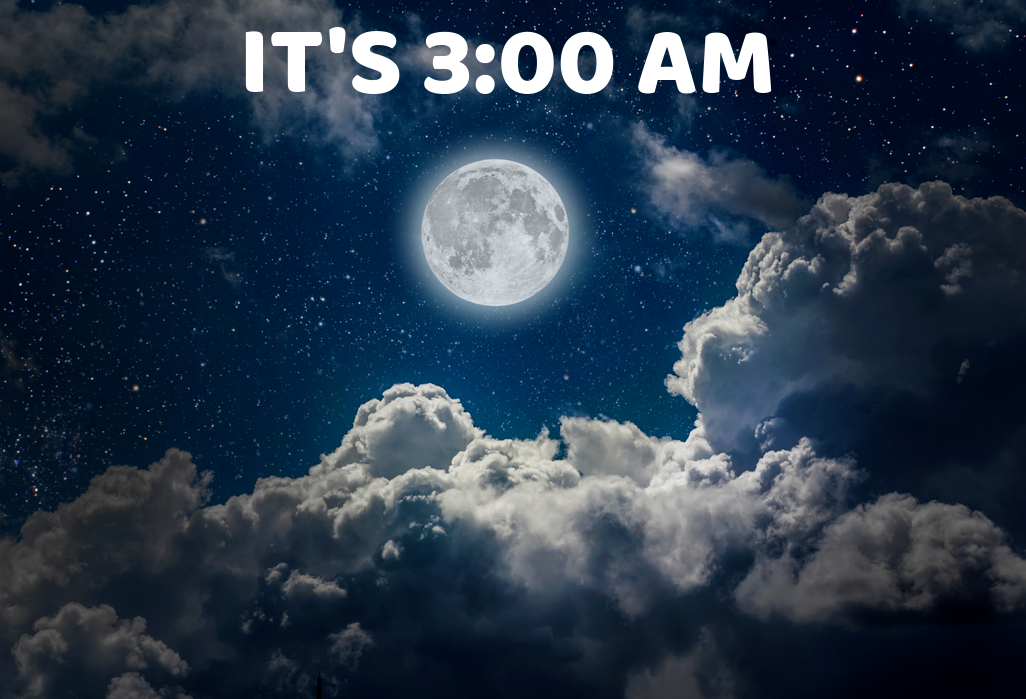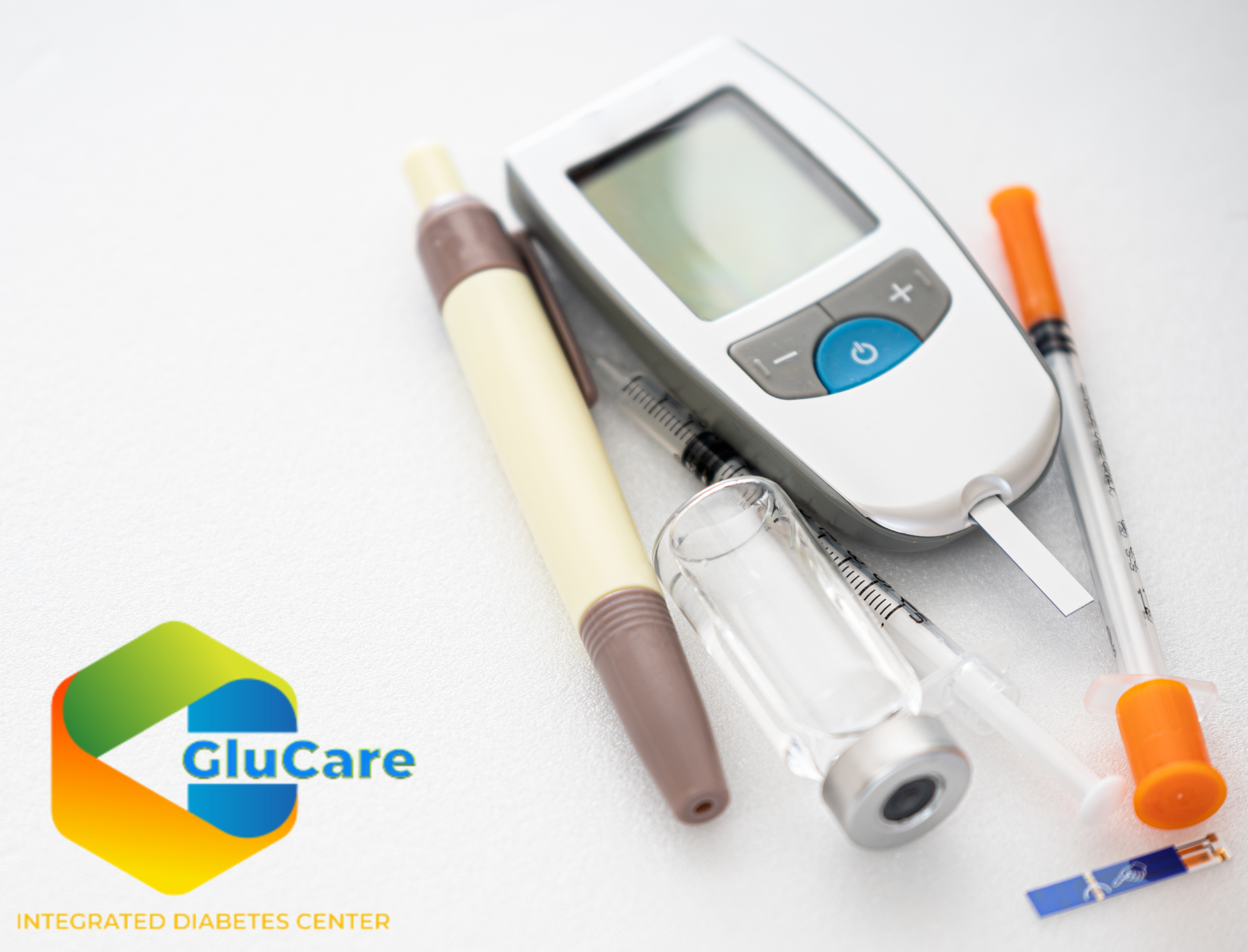Step 1: Avoiding overnight hypos
Welcome to the second part of our series on "Ten Steps to Improving Your Type 1 Diabetes Control."
Night-time hypos are problematic for several reasons:
• They are more challenging to spot than daytime hypos.
• If these occur frequently, they can affect the ability to identify hypos early.
• Blood sugar levels tend to spike in the morning and after breakfast.
Nocturnal hypoglycemia cannot be ruled out entirely unless blood glucose is checked several times at 3:00 am.
Blood sugar levels on waking might be normal even if they were previously low. I wouldn't recommend doing this routinely, but it's certainly worth considering from time to time.

What causes nocturnal hypoglycemia?
• Too much background insulin.
• Long workout the day before (no adequate carbohydrate replacement or insulin dose reduction).
• Drink alcohol the night before (alcohol prevents the liver from producing glucose, which usually raises blood sugar levels overnight).

How To Solve This Problem
• If you go to bed with normal blood sugar levels and continue to drop overnight, you need less background insulin (consider a 10% dose reduction).
• Background insulin may need to be lowered after prolonged exercise. This is easy if you use background insulin twice daily (see step 3).
• Consider lowering your insulin dose on nights of heavy alcohol consumption (try to eat a carbohydrate snack before bed).
Next, we will look at "Step 2: Getting the morning glucose on target ".